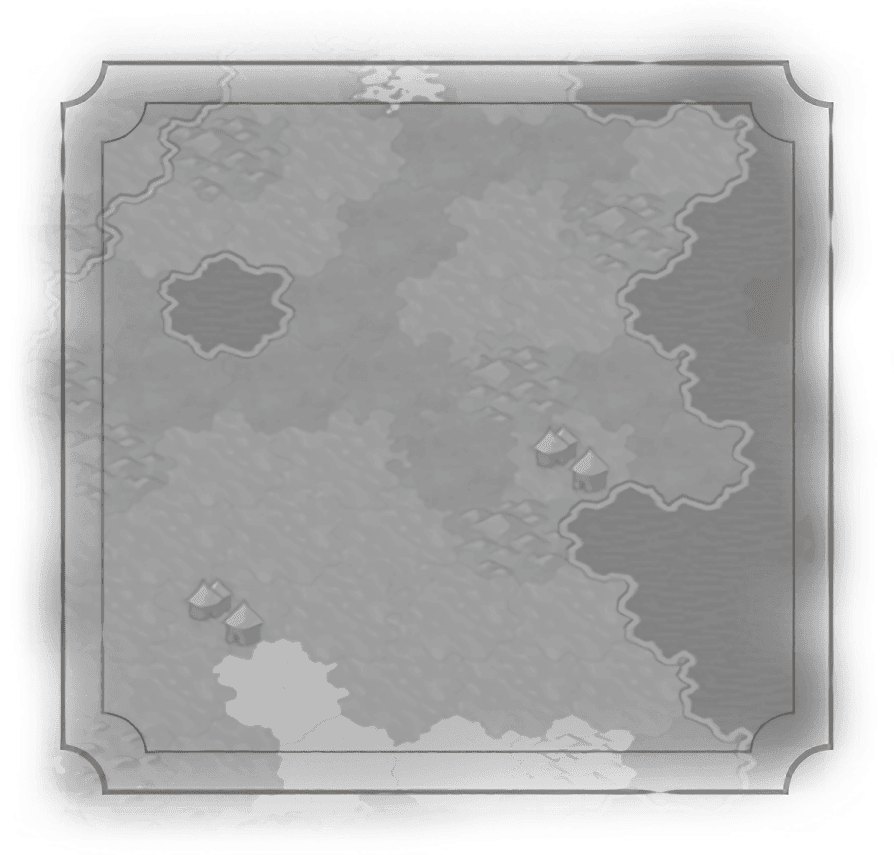Improvements
Airstrip
Alcázar
Barricade
Batey
Cahokia Mounds
Camp
Château
Chemamull
City Park
Colossal Head
Corporation
Farm
Feitoria
Fishery
Fishing Boats
Fort
Geothermal Plant
Golf Course
Great Wall
Hacienda
Ice Hockey Rink
Industry
Kampung
Kurgan
Lumber Mill
Mahavihara
Mekewap
Mine
Missile Silo
Mission
Moai
Modernized Trap
Monastery
Mountain Tunnel
Nazca Line
Nubian Pyramid
Offshore Oil Rig
Offshore Wind Farm
Oil Well
Open-Air Museum
Outback Station
Pā
Pairidaeza
Pasture
Plantation
Polder
Qhapaq Ñan
Quarry
Reinforced Barricade
Rock-Hewn Church
Roman Fort
Seaside Resort
Seastead
Ski Resort
Solar Farm
Sphinx
Stepwell
Terrace Farm
Trading Dome
Trap
Vampire Castle
Wind Farm
Ziggurat
Routes


Alcázar
Description
Unlocks the Builder ability to construct an Alcázar.
+2 Culture. Provides
Culture. Provides  Science equal to 50% of the tile's Appeal. Occupying unit receives +4
Science equal to 50% of the tile's Appeal. Occupying unit receives +4  Defense Strength, and automatically gains 2 turns of fortification. Provides
Defense Strength, and automatically gains 2 turns of fortification. Provides  Tourism after researching Flight. Cannot be built next to another Alcázar.
Tourism after researching Flight. Cannot be built next to another Alcázar.
+2
 Culture. Provides
Culture. Provides  Science equal to 50% of the tile's Appeal. Occupying unit receives +4
Science equal to 50% of the tile's Appeal. Occupying unit receives +4  Defense Strength, and automatically gains 2 turns of fortification. Provides
Defense Strength, and automatically gains 2 turns of fortification. Provides  Tourism after researching Flight. Cannot be built next to another Alcázar.
Tourism after researching Flight. Cannot be built next to another Alcázar.Historical Context
The alcázars (a sort of final refuge) were castle-palaces built in many of the Moorish cities in al-Andalus, mostly between the 8th and 15th centuries AD. Many of these were built as the residence of the Moorish governors … and came in quite handy, not only against unruly rivals but also later against that perplexing Christian Reconquista. Many still stand, and are quite famous: for instance, those in Segovia. Toledo, Cordoba (the famed Alcázar de los Reyes Cristianos), Burgos, and Seville. The last, as an example, was built in 913 as a fort for the Cordoban governor; in the 11th Century, it was expanded into the palace known as al-Muwarak (“the Blessed”). The Christian king Fernando III made it his royal residence when he captured Seville in 1248. Now it is just another stop for tour buses in the city.


Description
Unlocks the Builder ability to construct an Alcázar.
+2 Culture. Provides
Culture. Provides  Science equal to 50% of the tile's Appeal. Occupying unit receives +4
Science equal to 50% of the tile's Appeal. Occupying unit receives +4  Defense Strength, and automatically gains 2 turns of fortification. Provides
Defense Strength, and automatically gains 2 turns of fortification. Provides  Tourism after researching Flight. Cannot be built next to another Alcázar.
Tourism after researching Flight. Cannot be built next to another Alcázar.
+2
 Culture. Provides
Culture. Provides  Science equal to 50% of the tile's Appeal. Occupying unit receives +4
Science equal to 50% of the tile's Appeal. Occupying unit receives +4  Defense Strength, and automatically gains 2 turns of fortification. Provides
Defense Strength, and automatically gains 2 turns of fortification. Provides  Tourism after researching Flight. Cannot be built next to another Alcázar.
Tourism after researching Flight. Cannot be built next to another Alcázar.Historical Context
The alcázars (a sort of final refuge) were castle-palaces built in many of the Moorish cities in al-Andalus, mostly between the 8th and 15th centuries AD. Many of these were built as the residence of the Moorish governors … and came in quite handy, not only against unruly rivals but also later against that perplexing Christian Reconquista. Many still stand, and are quite famous: for instance, those in Segovia. Toledo, Cordoba (the famed Alcázar de los Reyes Cristianos), Burgos, and Seville. The last, as an example, was built in 913 as a fort for the Cordoban governor; in the 11th Century, it was expanded into the palace known as al-Muwarak (“the Blessed”). The Christian king Fernando III made it his royal residence when he captured Seville in 1248. Now it is just another stop for tour buses in the city.



